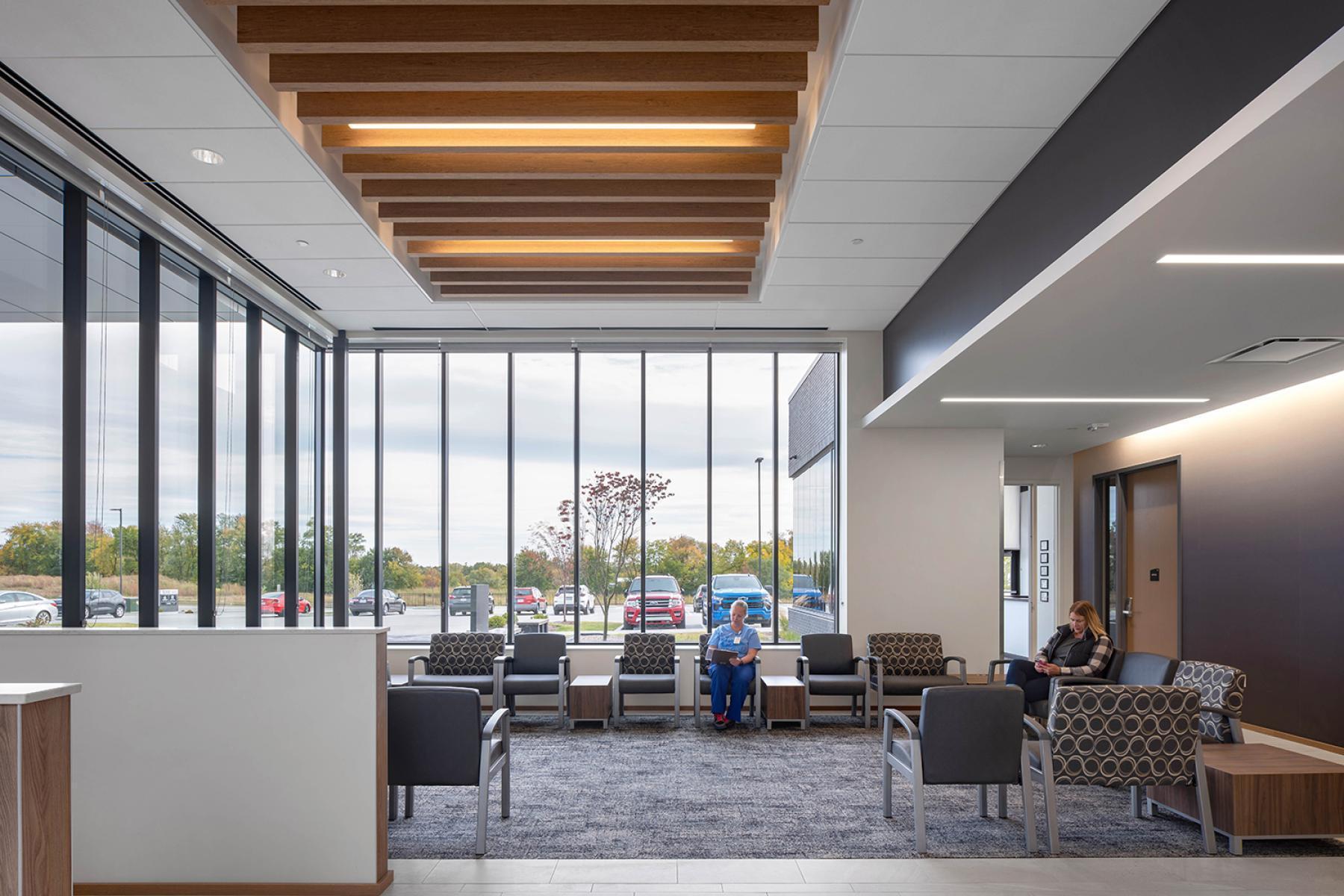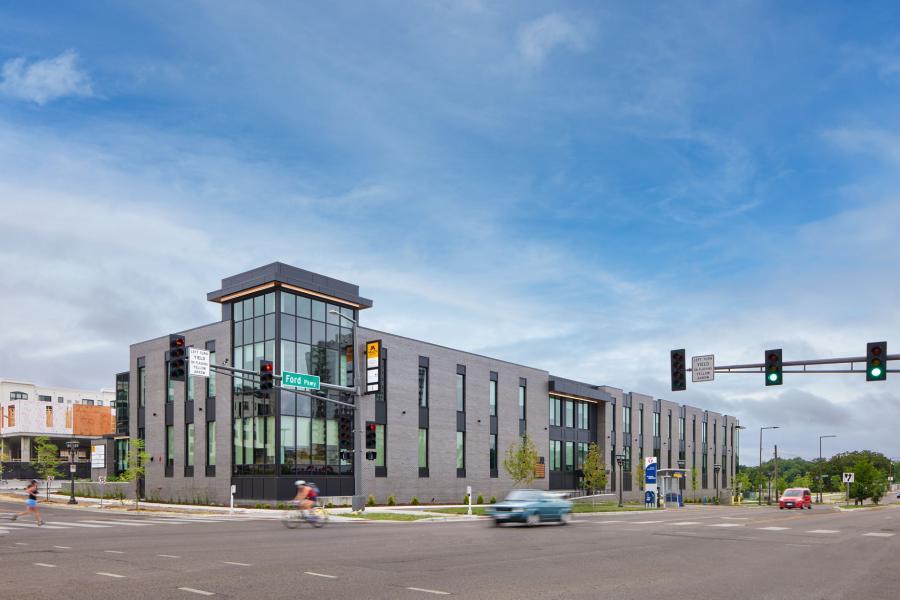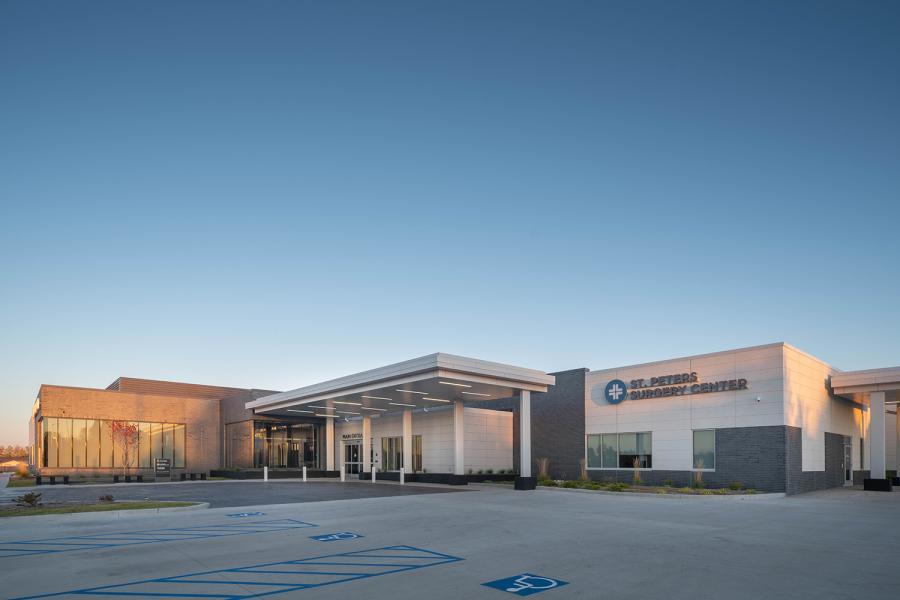The Benefits of an Integrated Design-Build Approach

By: Jaime Northam, Vice President of Healthcare Development
Originally published by the Colorado Real Estate Journal, April 17, 2024
Healthcare facilities and medical outpatient buildings can often have complex buildouts with high standards for quality, safety, and efficiency. Pair this with rising cost pressures, capital constraints and speed to market sensitivities among health systems and provider groups, it is becoming more challenging to build healthcare facilities in the timeframe and within the budget the healthcare user requires. Ensuring a seamless project delivery from concept to operation is becoming more critical than ever.
What does it mean for a project to have an integrated design-build approach?
One of the more traditional design-build project delivery methodologies is the design-bid-build: a siloed approach between the owner, construction, and design teams. While this method has its merits, it is not always the most effective approach due to its drawbacks, including schedule, budget, and change order risks.
On the flip side, the integrated design-build methodology and the integrated project delivery method steal the show when it comes to cost and time sensitive healthcare projects. The two models are very similar to one another. The key difference? How the contract is held and how project risk is spread.
Here’s how the common denominator of these two project methodologies, integration, is why these methodologies are favorable in the healthcare industry.
Proactivity vs Reactivity
A truly integrated design-build process, which involves collaboration from the beginning of the project concept, allows for a proactive approach to identifying and solving problems before they occur. This saves time, money, and the hassle of dealing with numerous change orders. In this industry, unexpected change orders can lead to delays, increased costs, and disputes due to lack of accountability. One of the largest health systems in the nation has made change orders a top priority. They have now implemented a better process with their real estate partners, recognizing that a design-build integrated model is a viable solution.
A hands-on collaborative approach between the owner, design and construction teams from the start is critical. It creates a single point of accountability model and allows for the partners involved in the project to collaboratively conceptualize, design, and price the project while solving problems and timing concerns along the way, ultimately improving project quality and value. Everyone is on the same page, working in unison from the start. Without this integration, it is almost inevitable a project will undergo several design changes once it moves to the pre-construction and construction phases. Collaboration guides every step of the design-build process and includes strong communication and transparency.
Drawing from Ryan Companies’ experience
In one recent acute care hospital expansion project in the region, our construction team was brought in for preconstruction guidance to a large-scale, high-acuity expansion project that had just started the design process with another design firm. Though we were only engaged for preconstruction at the time, we adopted a comprehensive integrated design-build approach with the owner and architect from the near onset of the project. With a refined project approach, our team was able to condense the owner’s planned five-phase project to a three-phase project, shaving three to four months from the schedule the owner initially created with the project manager and consultants. Through a deep-dive and frequent hands-on collaborative sessions with the design partner during the initial design phase of the project, the preconstruction team was able to proactively identify issues that could come up at the time of inspection, saving the client what would likely end up being a significant amount of money and time much later in the project. Without this early collaboration and integration of the owner and design and construction partners, these issues would likely not have been realized until it was too late.
Speed-to-market is also crucial in healthcare ground-up developer led projects, especially in more competitive markets like several regions throughout Colorado and the western U.S. An integrated, simultaneous approach on both the core/shell and the tenant improvements can maximize speed to market. This approach allows for the completion of the tenant improvements at the same time, or in some cases shortly before or immediately after the core/shell completion, despite the complexity of the tenant buildout.
In a current multi-tenant healthcare development project Ryan owns and has underway, the anchor tenant, which as a very complex and intensive healthcare facility buildout, will be operational just a month after the completion of the building. Ryan is leveraging its own fully integrated platform for the development of this project, performing the construction and design services of the core, shell, and tenant improvements in-house. This has enabled Ryan to complete the project much quicker and in streamlined unison with the anchor tenant buildouts.
It ensures there are no gaps between the core/shell schedule and tenant improvement schedules. All project teams have a full understanding and level of engagement on the core/shell project and the tenant improvement project. This allows for open communication, further diversification of perspectives, quicker decision making, more cost-effective results and condensed schedules for both the building and the tenants, which underscores the upside of an integrated approach with these projects.
CONNECT WITH US
Contact Jaime to discuss your healthcare needs.


